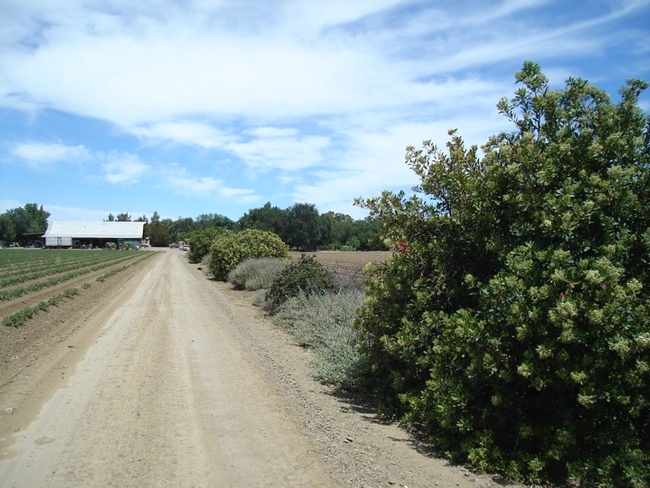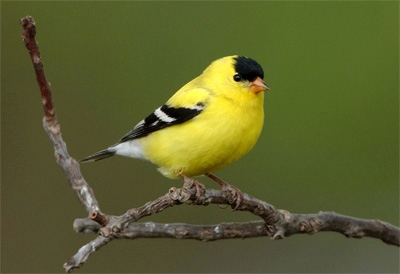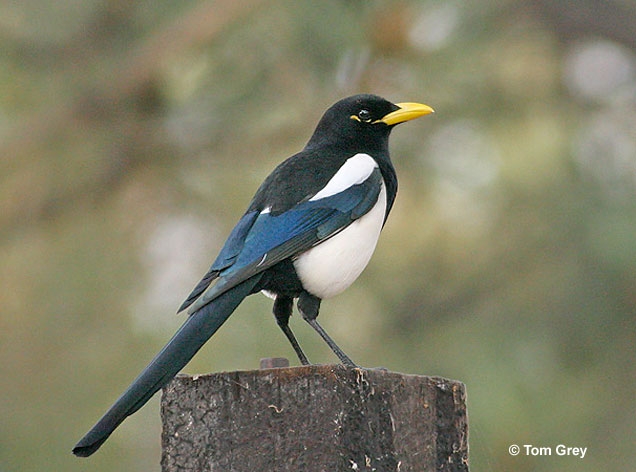
All birds depend on habitat for food, shelter and nesting sites. With a decline in habitat in the Central Valley, primarily due to agricultural expansion, urbanization and water diversions, there has been a significant decrease in the numbers and types of birds. Many bird species are now endangered, threatened or listed as species of special concern. Approximately 36 percent of our state’s historical grasslands, 9 percent of the original wetlands, and 2 to 7 percent of the original riparian forests remain. The Central Valley alone has lost more than 90 percent of the riparian, oak woodland and shrub land habitats.

In a recent study by UC Cooperative Extension and Audubon California in Yolo County, researchers determined that hedgerow plantings along field margins helped increase the abundance and species richness of birds on farms, both for winter migrants and year-round species. Their data analyses, examining farms with and without hedgerows, showed that the presence of hedgerows tripled bird abundance and doubled bird species richness in these linear habitat features, but did not increase the bird abundance in the adjacent crops. Of the 2,203 birds counted during the winter and spring of 2011-12, hedgerows drew 41 species of birds, as compared to 22 species in control areas (weedy, semi-managed field edges). In addition, more than three times as many birds used the hedgerows during wintertime, compared to the spring breeding season. This highlights the importance of this habitat for migrating and overwintering birds.

Hedgerows provide a variety of ecosystem services in agricultural landscapes, such as attracting native bees to enhance pollination and natural enemies to control pests in adjacent crops. Birds also feed on insects and rodents, potentially helping with pest control in crops. The value of hedgerows on farms for enhanced biodiversity and ecosystem services will hopefully encourage more landowners to establish them on field edges for conservation purposes.
